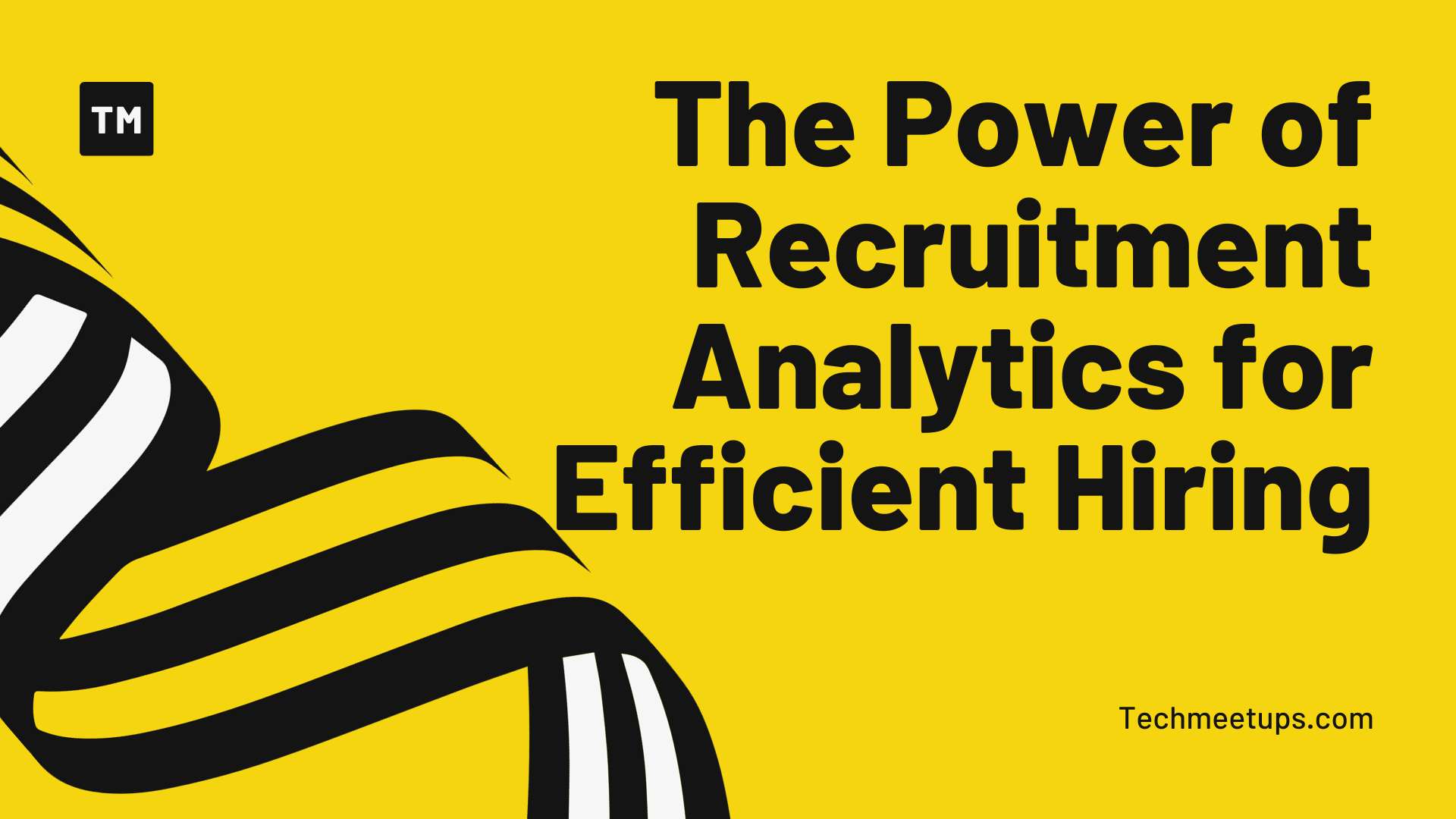In the ever-evolving world of recruiting, hiring top talent efficiently is a priority for every organization. Recruitment analytics provides a powerful solution to streamline the hiring process and make data-driven decisions. By leveraging the insights provided by recruitment analytics, recruiters can overcome common challenges and optimize their hiring strategies for success.
1. High Time-to-Fill
Use recruitment analytics to identify bottlenecks in the hiring process. For example, analyze data to determine the average time each hiring stage takes and pinpoint where delays occur. By identifying these bottlenecks, recruiters can implement process improvements and reduce time-to-fill.
2. Limited Talent Pool

Leverage recruitment analytics to identify new sources for talent acquisition. For instance, analyze data on candidate origin to determine which job boards, social platforms, or referrals generate the most qualified candidates. By focusing on these sources, recruiters can expand their talent pool.
3. Ineffective Sourcing Strategies
Analyze recruitment data to evaluate the performance of different sourcing channels. For example, track the conversion rate for each channel to determine which sources produce the highest-quality applicants. This analysis allows recruiters to allocate resources effectively.
4. Biased Hiring Decisions.

Leverage recruitment analytics to identify and address biases in the hiring process. Analyze data on candidate selection outcomes, such as interview scores or hiring decisions, to identify potential biases. Recruiters can then implement structured interviews and assessment tools to ensure fair and objective evaluations.
5. Inefficient Candidate Screening.
Utilize predictive analytics to evaluate candidate qualifications. For example, use machine learning algorithms to analyze historical data on successful hires and identify patterns of success. This helps recruiters quickly identify top candidates from a large pool.
6. Lack of Diversity and Inclusion.

Analyze recruitment data to identify diversity gaps. For example, track applicant demographics and diversity metrics at each recruitment stage. If there is a lack of diversity at any stage, recruiters can adjust their sourcing strategies or implement diversity-focused initiatives to foster inclusivity.
7. Inconsistent Candidate Evaluation.
Standardize interview processes and implement structured interview questions. For example, develop a set of predetermined questions for each role and evaluate candidates objectively based on their responses. This helps ensure consistency and fairness in candidate evaluation.
8. Poor Quality of Hire.
Leverage recruitment analytics to evaluate the success of past hires. For instance, track metrics like job performance, retention rates, or promotions among hired candidates. Identify common traits or characteristics of successful hires to refine candidate selection criteria and improve the overall quality of hires.
9. Lack of Engagement and Communication.
Enhance candidate experience by using recruitment analytics to personalize communication. For example, automate personalized emails to update candidates on their application status or provide relevant resources. This helps maintain engagement and improve candidate satisfaction.
10. Ineffective Recruitment Spending.

Utilize recruitment analytics to track the ROI of different recruitment strategies. For example, analyze cost per hire, including expenses for sourcing channels, recruitment tools, and job advertisements. This analysis helps recruiters identify cost-effective strategies and optimize recruitment spending.
Conclusion:
Recruitment analytics holds immense power for recruiters striving for efficient and effective hiring processes. By harnessing the insights from recruitment analytics, recruiters can overcome common challenges and make data-driven decisions at every stage of recruitment. Embracing the power of recruitment analytics sets organizations on a path to optimize their hiring strategies, attract top talent, and build high-performing teams.
Reaching recruitment success requires adapting to the ever-changing landscape of talent acquisition. By leveraging recruitment analytics and staying agile in the face of emerging trends, recruiters can navigate these challenges confidently and position their organizations for success.






